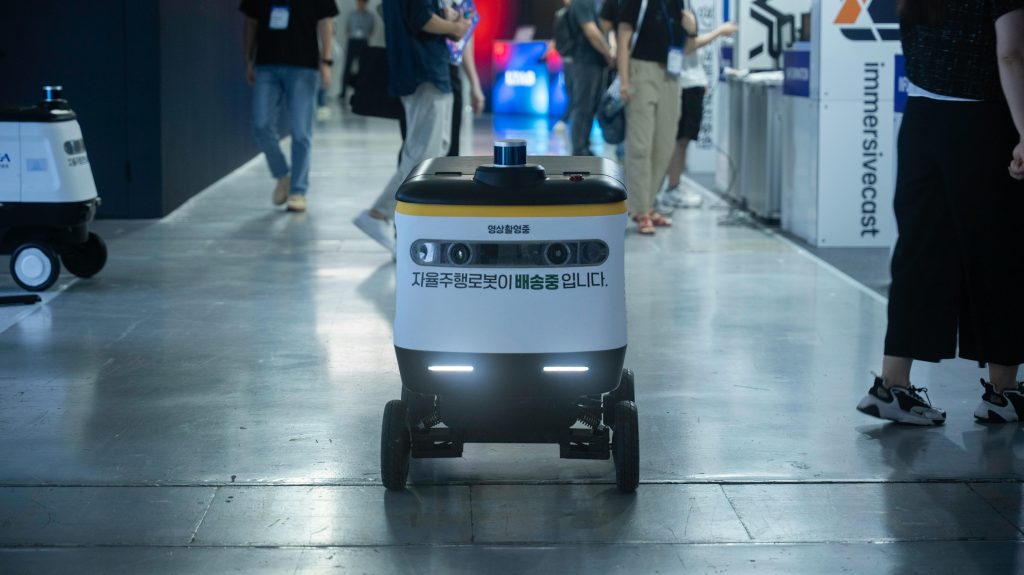Introduction
From movie suggestions on Netflix to product recommendations on Amazon and personalized playlists on Spotify, recommendation engines have become the backbone of modern digital experiences. At their core, these systems predict what content, products, or services you’ll like next—turning massive catalogs into curated experiences. This capability is powered by artificial intelligence (AI), which analyzes your behavior, learns patterns, and makes real-time predictions. In this deep-dive, we’ll explore the AI technologies behind recommendation engines, their various approaches, real-world applications, challenges, and best practices for building effective recommenders.
What Is a Recommendation Engine?
A recommendation engine is an algorithmic system that suggests items to users based on data about their preferences, behaviors, and contextual signals. Rather than presenting the entire product catalog, recommenders surface a tailored shortlist that:

- Improves user engagement by reducing choice overload
- Boosts conversion and revenue through relevant suggestions
- Enhances discovery of new or niche items
Modern recommendation engines fall into three main categories:
- Content-Based Filtering
- Collaborative Filtering
- Hybrid Approaches
AI Techniques in Recommendation Engines
1. Content-Based Filtering
Concept: Recommends items similar to those a user has liked before, based on item attributes.
- Feature extraction: Represent items (movies, articles, products) as vectors of features—genres, keywords, price, brand, etc.
- User profile modeling: Create a user vector by aggregating features of items they’ve consumed or rated positively.
- Similarity computation: Use metrics like cosine similarity or Euclidean distance to find items with vectors closest to the user profile.
AI role:
- Natural Language Processing (NLP): Extract key phrases, sentiment, and topics from text (e.g., product descriptions, reviews) to build richer feature sets.
- Computer Vision: Analyze images (e.g., fashion photos) to detect colors, styles, or patterns.
Strengths & Limitations:
-
- Explains recommendations (“because you watched X”)
- – Limited serendipity; struggles to suggest truly novel items
- – Requires rich item metadata
2. Collaborative Filtering
Concept: Recommends items based on the preferences of similar users or similar items across the user base.
A. User-Based Collaborative Filtering
- Approach: Find users with tastes similar to the target user (using rating vectors) and recommend items those peers liked.
- AI role: Clustering algorithms (k-means, hierarchical) or distance metrics identify user “neighborhoods.”
B. Item-Based Collaborative Filtering
- Approach: Compute item-to-item similarity based on co-rating patterns (users who liked item A also liked item B).
- AI role: Matrix factorization techniques (e.g., Singular Value Decomposition, SVD) learn latent factors representing item attributes and user tastes.
C. Model-Based Collaborative Filtering
- Approach: Train predictive models (e.g., matrix factorization, deep learning) to predict a user’s rating for unseen items.
- AI role:
- Matrix Factorization: Decomposes the user-item interaction matrix into lower-dimensional user and item factor matrices.
- Neural Collaborative Filtering: Employs multilayer perceptrons to capture nonlinear user-item interactions.
- Autoencoders: Reconstruct user-item interactions, learning embeddings for users and items.
Strengths & Limitations:
- Discovers complex patterns without explicit metadata
- Enables serendipitous recommendations
- – Suffers from cold-start problem for new users/items
- – Computationally intensive for large datasets
3. Hybrid Approaches
Concept: Combine content-based and collaborative filtering to leverage the strengths of both.

- Weighted Hybrid: Blend scores from multiple recommenders.
- Switching Hybrid: Use content-based for new users and collaborative once sufficient interactions exist.
- Feature-Augmented: Incorporate content features into collaborative models (e.g., include item metadata as side information in matrix factorization).
- Cascade Hybrid: Apply one recommender to generate a candidate set, then refine with another.
AI role:
- Ensemble Learning: Use algorithms like gradient boosting or stacking to learn optimal combinations of different recommendation signals.
Benefits:
- Reduced cold-start impact
- Improved diversity and accuracy
- More robust to sparse data
Real-World Applications
1. E-Commerce (e.g., Amazon)
- “Customers who bought this also bought…”: Item-based collaborative filtering surfaces complementary products.
- Personalized homepages: Hybrid models combine browsing history, purchase behavior, and product features.
- Email recommendations: Machine-learning pipelines select top-n items for re-engagement campaigns.
2. Streaming Media (e.g., Netflix, Spotify)
- Next-watch/Next-listen suggestions: Deep learning models analyze viewing/listening sessions, skip rates, and content attributes.
- Dynamic row banners: Contextual bandits pick categories (e.g., “Trending Now,” “Based on Your Taste”) dynamically.
- Sequential modeling: Recurrent Neural Networks (RNNs) or Transformers capture session-level preferences.
3. Social Platforms (e.g., YouTube, TikTok)
- Rank-and-recommend pipelines: Two-stage systems use lightweight models to filter candidates, then heavyweight models to rank top items.
- Real-time feedback loops: Reinforcement-learning agents optimize for watch time, engagement, or ad revenue.
4. News and Content Aggregators
- Personalized news feeds: Topic modeling (LDA) and user clustering deliver relevant articles while diversifying viewpoints.
- Exploration vs. exploitation: Multi-armed bandits balance showing known preferred topics and introducing new ones.
Technical Challenges and Solutions
1. Cold-Start Problem
- New items: No interaction data → use content-based features.
- New users: No history → apply demographic-based or context-based recommendations; solicit initial preferences via onboarding quizzes.
2. Scalability
- Large interaction matrices: Distributed computing frameworks (Spark, TensorFlow) parallelize training.
- Approximate nearest neighbors: Algorithms like locality-sensitive hashing (LSH) or FAISS accelerate similarity searches.
3. Data Sparsity
- Matrix factorization regularization: Prevents overfitting on sparse data, using L2 penalties.
- Implicit feedback modeling: Treat views, clicks, and dwell time as signals instead of explicit ratings.
4. Diversity and Novelty
- Diversification objectives: Introduce dissimilar items using maximal marginal relevance (MMR).
- Novelty boosting: Add random or fresh items to the recommendation slate.
5. Real-Time Personalization
- Online learning algorithms: Incrementally update models with streaming data (e.g., Vowpal Wabbit).
- Low-latency ranking: Deploy models as microservices, using feature stores for real-time user profiles.

Best Practices for Building AI-Driven Recommenders
- Define Clear Metrics:
- Accuracy: RMSE, Precision@K, Recall@K
- Engagement: Click-through rate (CTR), session length
- Business impact: Conversion rate lift, average order value
- A/B Testing and Experimentation:
- Test recommendation algorithms and UI placements side by side.
- Measure both short-term engagement and long-term retention.
- Explainability and Transparency:
- Provide “why this?” annotations to build user trust.
- Use interpretable models or post-hoc explanations (LIME, SHAP).
- Privacy and Ethics:
- Anonymize user data and ensure GDPR/CCPA compliance.
- Avoid feedback loops that amplify biases or promote addictive usage.
- Regular Retraining and Monitoring:
- Automate periodic retraining to capture evolving tastes.
- Monitor model drift and data quality with alerting systems.
Conclusion
AI-powered recommendation engines have transformed how we discover products, content, and even social connections. By leveraging techniques from content-based filtering and collaborative filtering to advanced deep-learning hybrids, these systems deliver personalized experiences that drive engagement and revenue. Building robust recommenders requires addressing challenges like cold start, scalability, and bias, while adhering to best practices around metrics, experimentation, and ethics. As AI continues to evolve—with graph neural networks, large-language models, and real-time reinforcement learning—the next generation of recommendation engines will become even more intuitive, context-aware, and human-centric.


